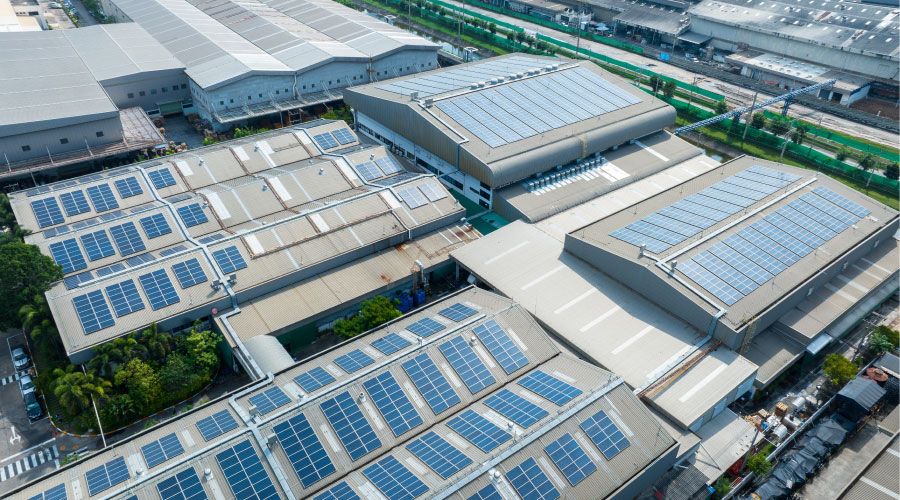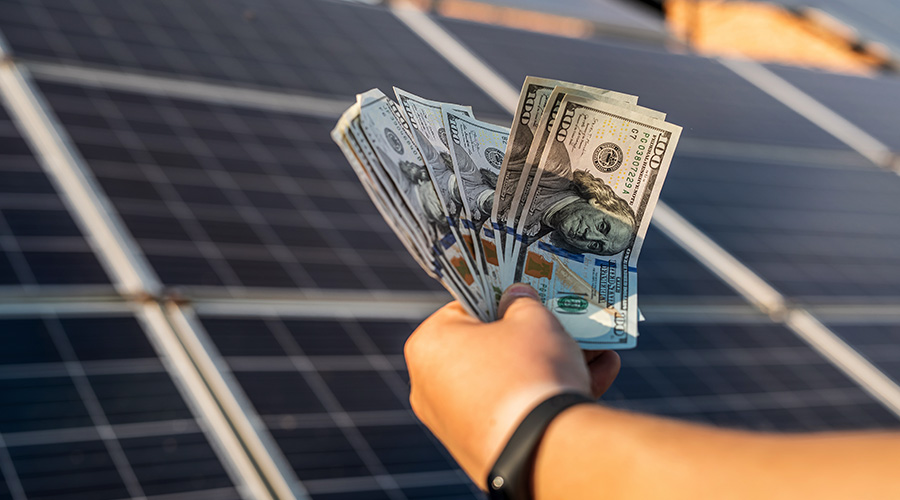Energy Harvesting: Savings on a Small Scale
Enter energy harvesting, which essentially scavenges energy from available resources. The concept isn't new. Windmills, water wheels, ocean thermal-energy-conversion systems, and wave-harvesting systems are examples of this concept on a grand scale.
What is new, however, is the use of micro-electromechanical technologies to harvest energy on a very small scale to power sensors and control devices. Scavenged energy can be used immediately, or it can be stored in capacitors or batteries to be used when needed. Micro-sized energy harvesters also are inherently sustainable because they require no outside power source and capitalize on energy that otherwise would have been wasted.
Remember the kinetic watches that were trendy in the 1990s? They were powered by harvesting energy from the wearer's movement Building sensors are powered much the same way. Technological improvements are increasing energy efficiency of these devices so they consume less, take up less space, and ultimately can be incorporated into the device they monitor.
Energy harvesters pull from many sources, including:
- solar and light, which are appropriate for lit environments, not just the outdoors
- thermal gradients, which can require temperature differences of 2-3 degrees
- kinetic, which rely on movement, such as vibration or rotation.
The specific technologies for an application vary depending on the source available near the intended location of the sensor.
Related Topics:













